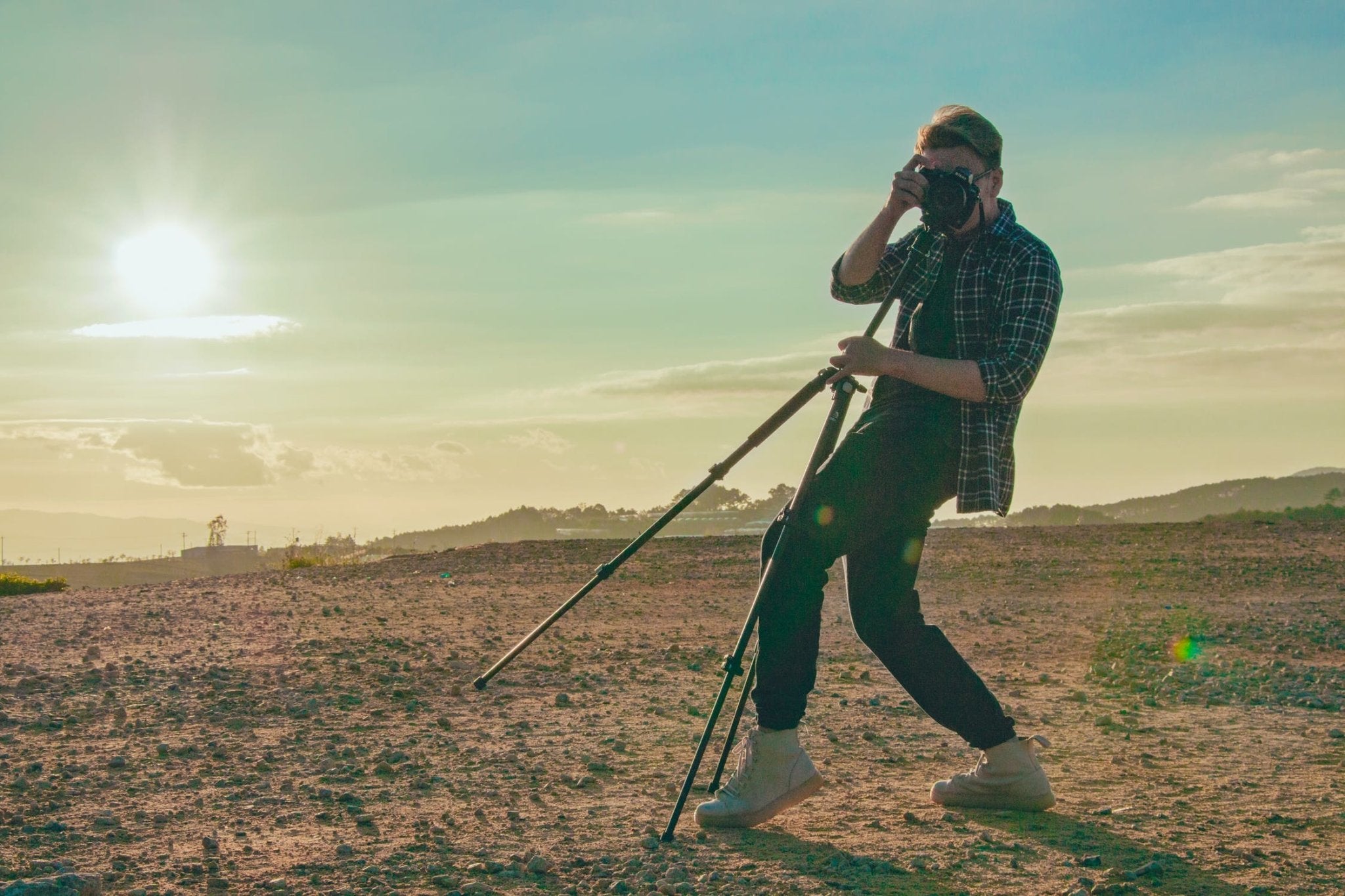Amateur photographers might get confused hearing the term "bracketing." What exactly is bracketing? I am here to help you understand what it is and its importance.
The technique bracketing is when you take multiple photographs of the same subject or scene but use different camera settings for each shot.
To give yourself more opportunities to ensure you took the best photograph possible, you will want to use the bracketing technique.
Using the bracketing technique is crucial, primarily when you shoot with manual settings on your mirrorless camera or DSLR camera. A nightmare for many photographers is getting home, opening their photographs on their computer, and seeing nothing but under or overexposed images. Sometimes, these photos can be beyond the point of editing.
There are several different types of bracketing techniques that I will go over to help you during your next photography journey.
Understanding the Different Types of Bracketing in Photography
Grab a pen and paper and take some notes.....or, well, just print the page!
• Depth of Field Bracketing: To use this type of bracketing, you will take photos with various elements in your photograph in and out of focus.
• Focus Bracketing: If you have a restricted depth of field, you will need to find a different technique. The focus bracketing technique is when you manually focus and take several photos with a different focus. During post-processing, you can combine all of these images to create one completely focused image. When you combine several photographs to create one, this is focus stacking.
• White Balance Bracketing: This one might be a bit archaic on updated mirrorless cameras. However, if you use an older DSLR camera, you might need to utilize white balance bracketing. During white balance bracketing, you will continue to modify the white balance to get a mixture of different colors. Again, this one will be the most unpopular on my list.
• Flash Bracketing: Use the flash bracketing technique when you don't necessarily need your flash. Typically, you don't need your flash for outdoor photography. You can use your flash to help give light to different areas of your photograph and test it out several times.
• Exposure Bracketing: Here is one of the more common types of bracketing, exposure bracketing. With this, you will experiment with your ISO, shutter speed, and aperture camera settings. When you continue to use different variations of each of these, you will have a wide variety of options during post-processing.
Exposure Bracketing
Since exposure bracketing is one of the more popular choices, I am breaking this technique down even more. The main point of exposure bracketing is grabbing different exposure variations in multiple photographs. Here are the different ways to use this technique:
• Adjust your camera's aperture manually: To get a variety of depth of field in your photographs, you will try this version of exposure bracketing. To do this, you will only adjust your aperture in each photo and keep your ISO and shutter speed the same.
• Adjust your camera's shutter speed manually: Similar to the one above, except this time, you will keep your ISO and aperture constant. Continuously alter your shutter speed. Remember, shorter shutter speeds let in less light, and longer shutter speeds will allow more light in.
• Adjust your camera's ISO: You probably guessed what I am about to type... Well, again, similar to above, keep your shutter speed and aperture constant while experimenting with your ISO. When you increase your ISO numbers, it will result in a bright photo. However, you can also end up with a grainy and noisy photograph. Personally, this is my least favorite of the exposure bracketing techniques.
A few automatic settings to choose from:
• Automatic Exposure Bracketing: Use the automatic exposure bracketing setting when all else fails. You will automatically get three different exposure versions of your photo in this setting. Using this setting will save you so much time!
• Shutter Speed Priority: With this setting, you will pick your shutter speed, and then it will remain stable. While your shutter speed is stable, your camera will automatically switch up the aperture to give you a variety of exposures.
• Aperture Priority: Again, I'm sure you can guess where I'm going here. Your camera's aperture will stay constant in this setting, and then your camera will automatically fix your shutter speed. You will see your photographs will long and short shutter speeds.
Utilizing bracketing in your photography will help you immensely in the end! Save yourself a headache during post-processing and use one of the techniques above.
Want even more? Check out our other articles to learn more about photography:
Related article: What is Emphasis in Photography
Related article: How to Edit RAW Images in Photoshop
Related article: White Balance Photography: What is White Balance
Related article: How to Do Silhouette Photography












